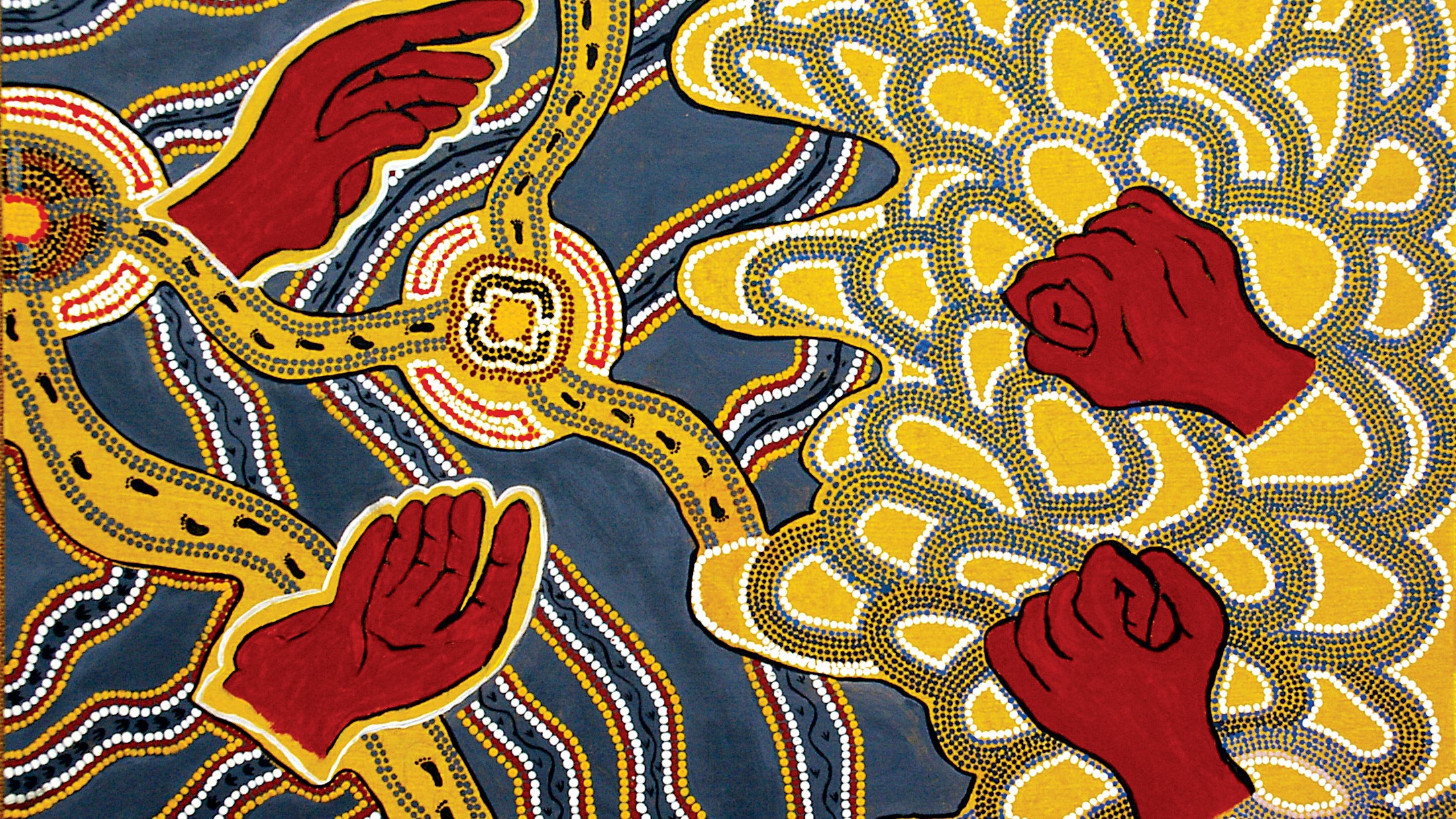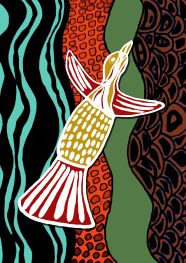Presentation Type
Presentation
Location
The University of Notre Dame Australia, Broome Campus
Event Website
https://youtu.be/LpjEXcGdzFo
Start Date
14-6-2017 12:30 PM
Description
The ‘Living on the Reserve’ project is a social history research project which commenced in mid-2016 with Aboriginal people who experienced life on the Anne St Reserve of Broome in the late 60s, 70s and early 80s. The project aims to document, via personal accounts, stories, recollections, photographs and with some reference to archival material, what life was like for Aboriginal families living on the Anne St Reserve in Broome. The research team, Anna Dwyer and Kathryn Thorburn have as a priority been interviewing older people, generally born in the 1950s , who were adults living on the Anne St Reserve in Broome. The Anne St Reserve was established as a residential area for Aboriginal people, many of whom were camping along coastal areas around the town of Broome, through the 1950s and into the 1960s. Part of the intention of the Reserve’s twelve houses was to ‘prepare’ Aboriginal people for ‘transition’ into mainstream state housing. However, the way in which residents experienced life on the reserve was at odds with the stated policy objectives; instead their memories evoke a time of liberation, of connectedness with each other and of abundance, despite significant material poverty. This presentation will explore why this historical period was so positive for people, and suggest that it relates to the diminution of the state or its proxies in the Kimberley, cattle stations and missions , in people’s lives. They were free, for the first time in generations, of the constant and oppressive drive by non-Indigenous people to ‘develop’, ‘change’ or ‘transform’ them.
Recommended Citation
Dwyer, Anna and Thorburn, Kathryn, "Living on the Anne Street Reserve" (2017). Talking Heads Seminar Series. 2.
https://researchonline.nd.edu.au/nulungu_talkingheads/2017/schedule/2
Living on the Anne Street Reserve
The University of Notre Dame Australia, Broome Campus
The ‘Living on the Reserve’ project is a social history research project which commenced in mid-2016 with Aboriginal people who experienced life on the Anne St Reserve of Broome in the late 60s, 70s and early 80s. The project aims to document, via personal accounts, stories, recollections, photographs and with some reference to archival material, what life was like for Aboriginal families living on the Anne St Reserve in Broome. The research team, Anna Dwyer and Kathryn Thorburn have as a priority been interviewing older people, generally born in the 1950s , who were adults living on the Anne St Reserve in Broome. The Anne St Reserve was established as a residential area for Aboriginal people, many of whom were camping along coastal areas around the town of Broome, through the 1950s and into the 1960s. Part of the intention of the Reserve’s twelve houses was to ‘prepare’ Aboriginal people for ‘transition’ into mainstream state housing. However, the way in which residents experienced life on the reserve was at odds with the stated policy objectives; instead their memories evoke a time of liberation, of connectedness with each other and of abundance, despite significant material poverty. This presentation will explore why this historical period was so positive for people, and suggest that it relates to the diminution of the state or its proxies in the Kimberley, cattle stations and missions , in people’s lives. They were free, for the first time in generations, of the constant and oppressive drive by non-Indigenous people to ‘develop’, ‘change’ or ‘transform’ them.
https://researchonline.nd.edu.au/nulungu_talkingheads/2017/schedule/2





